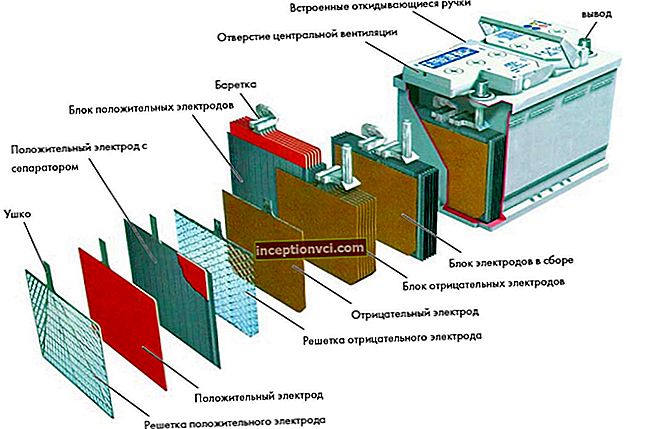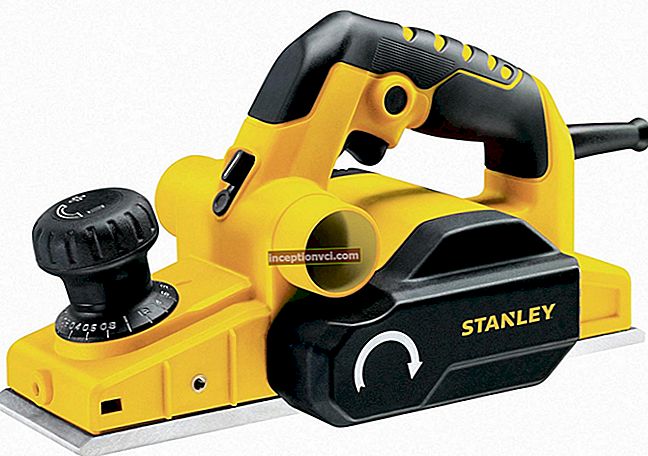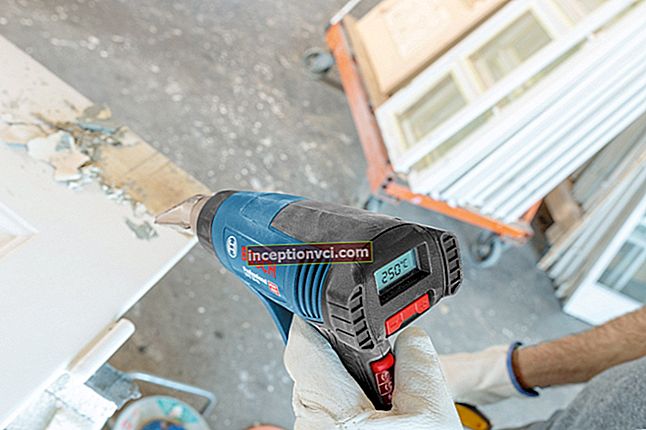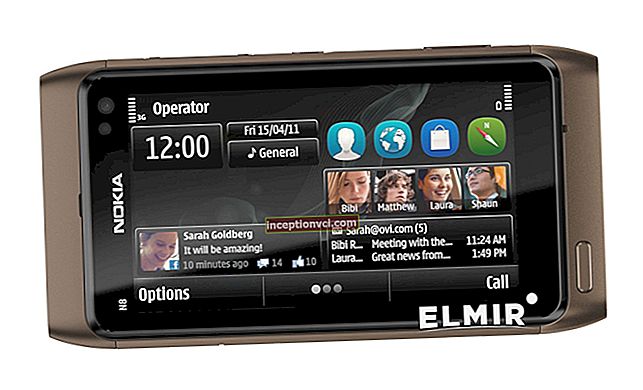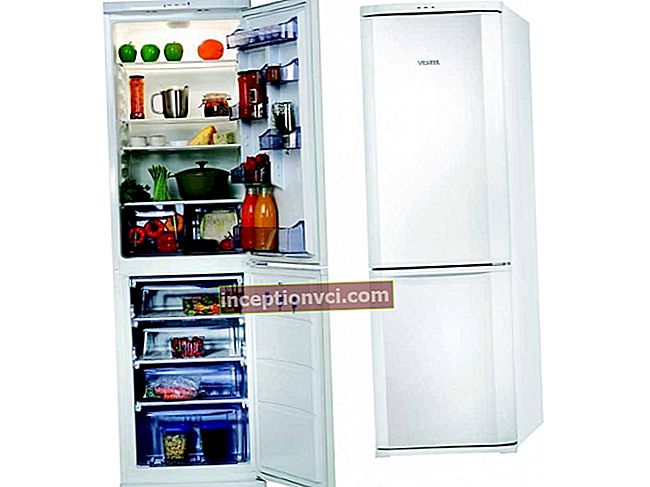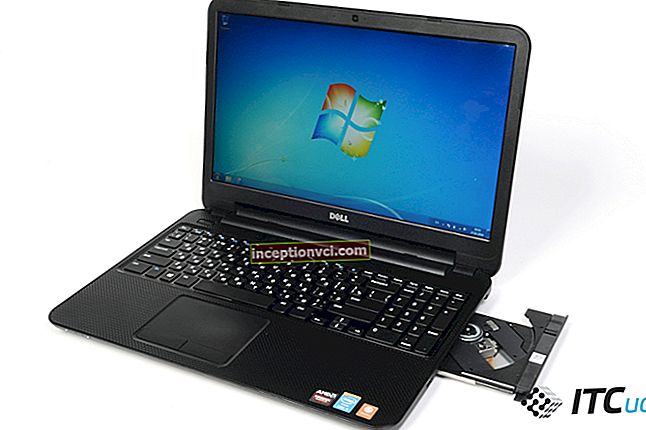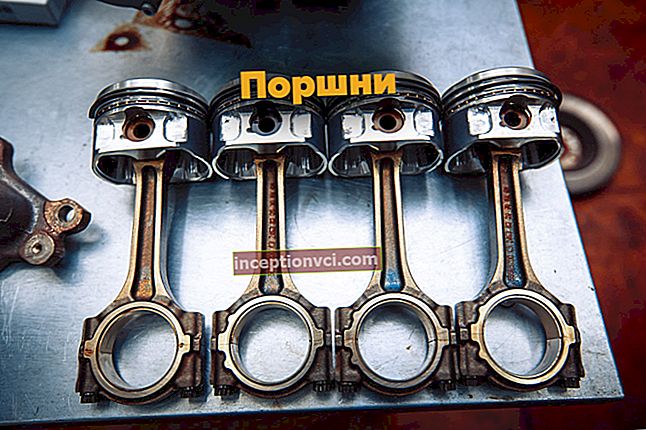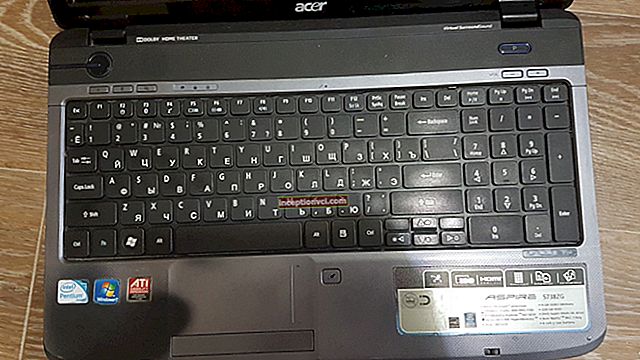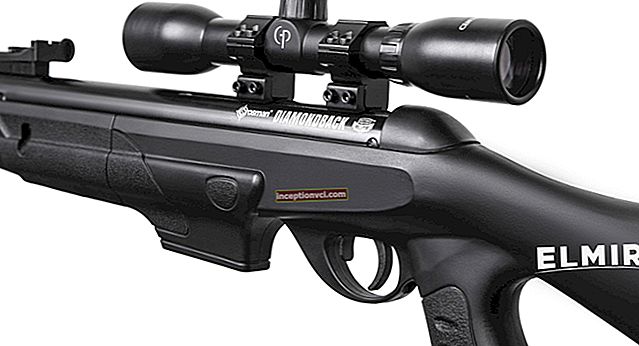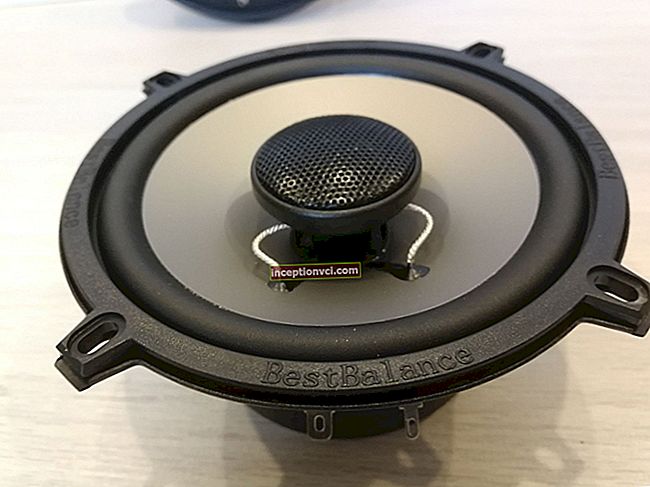Group review-testing of the new mid-range accelerators Radeon HD6770.
The video card based on the Radeon HD6770 graphics processor is a fairly recent device, since it appeared on our market relatively recently. But in fact, this is just a slightly modernized, improved card of the previous generation, which is familiar to us under the name Radeon HD5770. It is based on the same chip called Juniper XT, which turned out to be quite successful in all its characteristics. In addition, it has not undergone absolutely any changes that would bring at least some gain in performance. It has 800 general purpose computing processors, 40 texture units and 16 ROP units. The rest of the characteristics also remained unchanged. It has one gigabyte of video memory of the GDDR 5 standard, which interacts with the graphics processor via a 128-bit data bus. At the same time, the memory bandwidth is equal to 76.8 Gigabytes per second. The main innovation of this new item is support for the latest proprietary AMD HD3D technology, which allows you to work with 3D images and the presence of a HDMI 1.4 port. As for the rest, no changes have occurred. The clock speeds remain the same, support for DirectX 11 remains, as well as the presence of all major proprietary technologies such as CrossFireX, AvivoHD, Eyefinity, AMD PowerPlay, etc. As a result, the video card received a new name Radeon HD6770, but in its heart it remained the same, successful old model. The developers have provided all this to extend the life and expand their lineup of video cards. She also received everything she needed to become no less popular than her predecessor - this is a democratic cost, a good level of performance and the presence of all modern technologies.
PowerColor HD6770 1 GB (AX6770 1GBD5-H)

The most affordable and quite attractive representative of video cards based on the Radeon HD6770 graphics processor is this particular product from PowerColor. It has nothing remarkable and is the most obvious example of a reference sample. The accelerator is built on a red PCB made of PCB. It has standard dimensions and arrangement of all components. In the center of the board, the graphics processor itself is soldered, which is surrounded by video memory chips. Everything is done quite well, and in terms of the element platform of the device, reliable elements and materials are used. An accelerator for the PCI Express 2.1 interface has been released and it consumes about 108 watts of electricity in the most loaded modes. This is a pretty good indicator for such high performance. In the front part of the printed circuit board, there is an additional power connector with a 6-pin interface. But on the side face there are two CrossFireX connectors, which are responsible for a multiprocessor tandem of several identical video cards. To create such a miracle, you only need a corresponding motherboard with a couple of PCI Express and a special bridge connecting the video cards. On the rear panel of the device there are three ports for displaying images on the monitor screen - these are DVI, VGA and HDMI of the latest version. To cool the device, the developers used a simple, but quite efficient cooling system. Of course, it does not differ in silence in operation, but at maximum loads it allows you to calmly cool a hot GPU. It consists of an aluminum, one-piece radiator with a fairly large dissipation area. It is secured directly above the Juniper GPU with four spring-loaded screws. In addition, the heat exchanger has a special shape that directs the air flow from the 90mm fan to the video memory chips. The fan itself is mounted in a special plastic case, which is tightly screwed to the radiator.In general, this cooling system has good efficiency, which even leaves a solid headroom for overclocking. But the noise level from the fan at high loads is noticeable against the background of system fans. The speed indicators of the accelerator are quite expected and predictable. This is due to the operation of the main components at the standard clock frequencies recommended by the developers. The processor core operates at 850 MHz and communicates with one gigabyte of graphics memory with an effective frequency of 4800 MHz. The two data links are connected by a 128-bit memory bus. It is she who provides the device with high memory bandwidth and, accordingly, good performance indicators. The device has support for all modern technologies such as ATI CrossFire and AMD Eyefinity, but the main feature of the new product can still be considered AMD HD3D. Thanks to the latter, the video card is able to work with 3D volumetric image. There is also the ability to fully interact with applications and games in DirectX 11 mode. As a result, we can recommend this card to all users who want to get maximum opportunities for such a modest price. A video card from PowerColor has everything you need to build a versatile home computer with good gaming capabilities. We recommend to purchase!
Specifications:
The core ……………………… ...................... "Juniper XT"
Process technology …………… ........................... 40 nm
Core frequency ………… ........................... 850 MHz
Memory frequency ... ... ... .......................... 4800 MHz
Memory type ……………… ...................... GDDR5
Memory size ………… ........................ 1024 MB
Memory interface ... ... ........................ 128 bit
Technology and API support ……… .. DirectX 11, Shaders Model 5.0, Eyefinity, ATI Stream and AMD HD3D
Connectors …………………… ................... DVI, VGA, HDMI v 1.4
Power consumption ... ... ...................... 108 watts
Average cost at the time of writing ……. 120 $
Sapphire Radeon HD6770 512 MB (11189-06)

The Sapphire Radeon HD6770 512 MB (11189-06) video card confidently occupies its price niche. But with her, not everything is as smooth as we would like. Its main drawback, we would call a small amount of video memory, as for a modern device - only 512 megabytes. Although, otherwise, the card is of sufficient quality and fast. It is primarily suitable for assembling systems that work with small monitors and low resolution. It is based on a printed circuit board made of a proprietary, turquoise textolite with standard dimensions. Although it occupies two expansion slots on the motherboard, it can still fit in any, even a small, medium-sized system unit. The video card is designed to interact with modern motherboards and the PCI Express interface, therefore, compatibility problems should not arise. In addition to the main components of the accelerator, a 6-pin auxiliary power connector is soldered on the board. It is located at the front of the device and is required for connection. In addition, there are a couple of CrossFireX adapters on the side of the device. They are useful for connecting multiprocessor systems based on multiple video cards. This will allow you to get an even higher rate of performance. The rear panel of the accelerator has DVI, Display Port and HDMI ports. They are designed to display information on one or more monitors at the same time. In this, the device is assisted by a proprietary technology called Eyefinity. Thanks to it, you can significantly increase the area of the visible image, thereby increasing the level of labor productivity, as well as enjoy modern computer video games. To remove heat from the Juniper central accelerator, a fairly simple and inexpensive cooling system is used, consisting of a specially shaped aluminum radiator, a fan and a plastic cover. The heat exchanger itself is fixed to the board with four screws. Although it has a modest size, it has a fairly large dispersion area. An 80mm fan creates a good airflow and cools the fins of the heat exchanger, and then the memory chips. It is relatively quiet in operation, but still you can hear it a little against the background of the system fans.In general, the cooler is quite efficient and productive, and it is well suited for stable cooling of this device. The speed performance of the video card is a little constrained by the small memory size - only 512 megabytes. They prevent the accelerator from getting a decent number of frames in games at high resolutions. This accelerator is significantly inferior to full-fledged brothers with one gigabyte of memory. Therefore, this accelerator is primarily suitable for those users who have monitors with low resolution. Well, when buying or assembling a new system, we would still recommend purchasing gigabyte versions of this device. Our hero works at the nominal frequencies of 850 and 4800 MHz for the core and memory chips, respectively. In addition, it has the ability to overclock, which will not only slightly increase the performance of the video card, but also its heat dissipation and power consumption indicators. As a result, the Sapphire Radeon HD6770 video card with 512 MB of video memory is an interesting and very good buy, but not for modern users. We recommend paying a little extra and giving preference to the full version, but the final choice is still yours!
Specifications:
The core ……………………… ...................... "Juniper XT"
Process technology …………… ........................... 40 nm
Core frequency ………… ........................... 850 MHz
Memory frequency ... ... ... .......................... 4800 MHz
Memory type ……………… ...................... GDDR5
Memory size ………… ........................ 512 MB
Memory interface ... ... ........................ 128 bit
Technology and API support ……… .. DirectX 11, Shaders Model 5.0, Eyefinity, ATI Stream and AMD HD3D
Connectors …………………… ................... DVI, Display Port, HDMI v 1.4
Power consumption ... ... ...................... 108 watts
Average cost at the time of writing ……. 121 $
VTX3D VX6770 1GBD5-H

This video card has gained good popularity among many users due to the good balance between price and quality. The video card is fast enough, although it shows the same performance level as the reference sample, and has a good alternative cooling system. The card is built on a red PCB board, which has standard dimensions. The device itself takes up only one expansion slot, but the cooling system will block as many as two on the motherboard. The accelerator has a modern PCI Express 2.1 interface, which is only compatible with modern motherboards. Our hero has a moderate appetite, as for a sufficiently productive device - at maximum load, he can consume up to 108 watts of electricity. That is why it needs additional power supply and a special 6-pin connector is placed in one of the front corners. On the side there are a couple of ports for building a multiprocessor tandem using CrossFireX technology. And on the rear panel of the device there are as many as three ports designed to output video to the screen of one or more monitors. The most interesting of them is the latest version of HDMI, which can transmit not only video and multichannel audio in HD quality, but also a 3D 3D image. The other two ports, which are less interesting, are digital DVI and analog VGA. But still, they have every right to exist. The installed cooling system is of the active type. It has good performance indicators with a relatively low level of noise generated. The cooler consists of an aluminum base that is attached over the GPU with four screws. They provide good contact and downforce with the GPU. The area of the heat exchanger is large enough for its physical dimensions, and a 90 mm fan is designed to blow it around. The latter is housed in a special plastic case that attaches directly over the heatsink and directs the air flow to the device. In general, we liked this system, despite its modesty and cheapness. She stably does her job and at the same time remains quiet enough, no matter what violates the comfort in work. The performance of this adapter is quite standard, since it operates at the recommended clock speeds of 850 and 4800 MHz for the core and memory chips, respectively.The device has at its disposal a whole gigabyte of video memory, which is enough for modern applications and any home operations. In general, this video card turned out to be very good and rich due to its positive qualities. We recommend to purchase!
Specifications:
The core ……………………… ...................... "Juniper XT"
Process technology …………… ........................... 40 nm
Core frequency ………… ........................... 850 MHz
Memory frequency ... ... ... .......................... 4800 MHz
Memory type ……………… ...................... GDDR5
Memory size ………… ........................ 1024 MB
Memory interface ... ... ........................ 128 bit
Technology and API support ……… .. DirectX 11, Shaders Model 5.0, Eyefinity, ATI Stream and AMD HD3D
Connectors …………………… ................... DVI, VGA, HDMI v 1.4
Power consumption ... ... ...................... 108 watts
Average cost at the time of writing …… ..123 $
